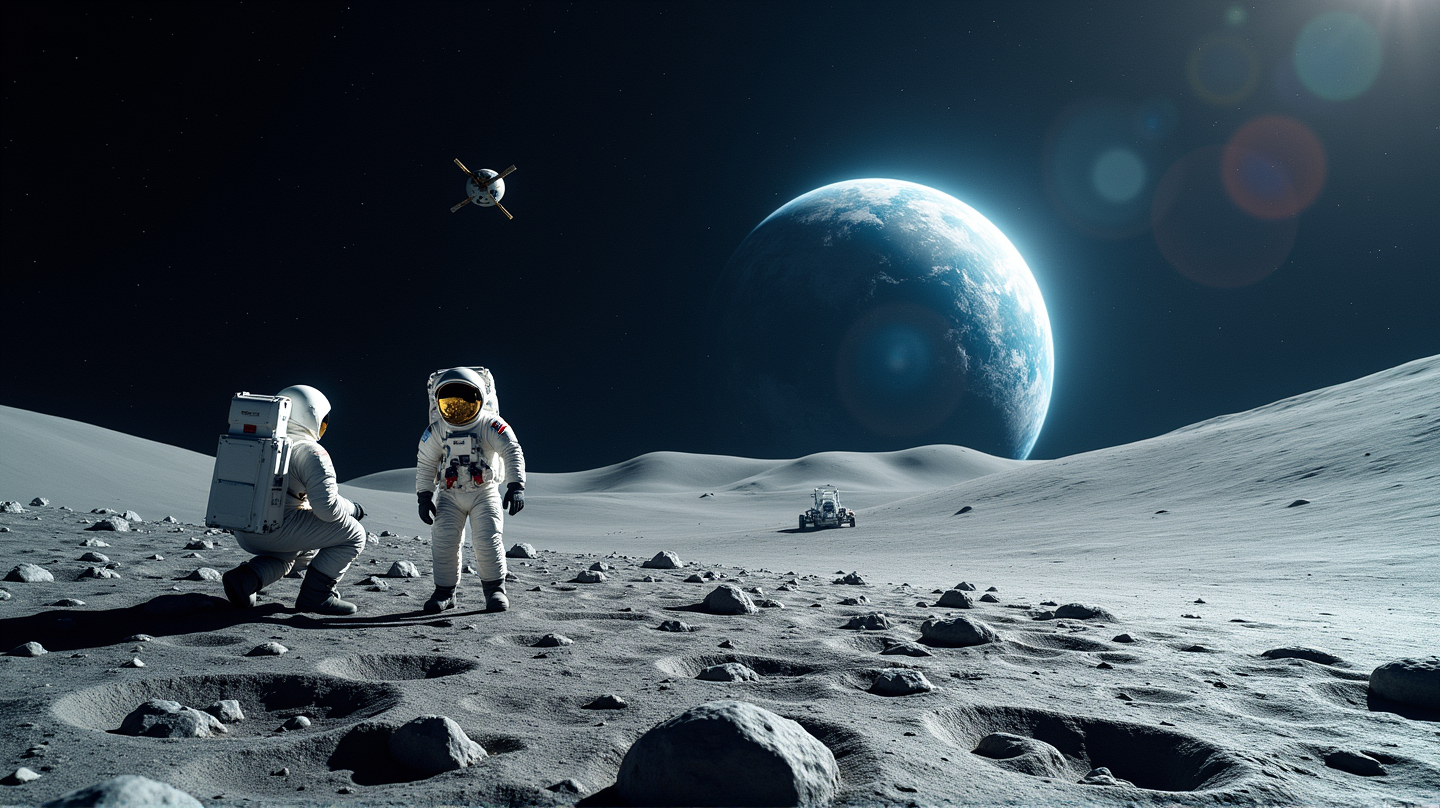Lunar Research: The Frontier That Opens New Horizons
Leading scientists and experts gather for the European Lunar Symposium in Münster, exploring the intriguing challenges and advancements in lunar research.

As the European Lunar Symposium unfolds on June 22 at the University of Münster, a vibrant confluence of minds from all over the globe—scientists, engineers, space agency representatives, and more—come together to explore new frontiers in lunar research.
A Deeper Dive into Lunar Science
This year, the spotlight shines on multidisciplinary collaborations, particularly between engineers and scientists. The symposium is not just a gathering but a unique platform for sharing insights on lunar geology, vulcanism, and the moon’s inner geochemistry. Engineers join the conversation to address crucial questions around safely landing spacecraft on the lunar surface, bridging a vital gap between theoretical knowledge and practical application.
Bridging Disciplines: Life Sciences Meet Space Exploration
An exciting addition to this year’s symposium is the collaboration with life scientists. Discussions on astronaut safety, the impact of micrometeorites, and the potential for utilizing lunar resources like water and methane to support longer space station missions showcase the interdisciplinary nature of modern lunar research. “No one would dream of taking all the water with them to the moon,” says Prof. Harald Hiesinger, emphasizing the necessity of resource utilization for sustainable exploration.
Inspiring the Next Generation
One of the symposium’s highlights is a public talk by Matthias Maurer, an astronaut whose experiences and insights capture the imagination of both experts and the general public. It’s a unique opportunity to dismantle the myths that surround scientific careers, showing young minds the wonders and possibilities within the realms of technology and science.
Challenges and Collaborations in Space Exploration
Despite the promising advancements, concerns loom over potential budget cuts in NASA and broader US scientific research. Such reductions could ripple across the globe, affecting international missions. Yet, lunar research remains resilient, buoyed by inventive European strategies like the Explore2040 Strategy, aiming at a sustainable vision for solar system exploration.
Conclusion: A Celestial Embrace
In the vast expanse of space, the moon stands as our celestial neighbor, giving us more than just a glowing light in the night sky. It holds keys to understanding Earth’s own history, with its unaltered geological imprints. As countries like China and the UAE actively join lunar explorations, the momentum builds—turning a new chapter in what is indeed an exciting time for lunar research.
Join us in exploring these uncharted territories, as the symposium in Münster becomes a beacon of innovation and collaboration, charting pathways for future space exploration.
According to Universität Münster, it is a good post.

